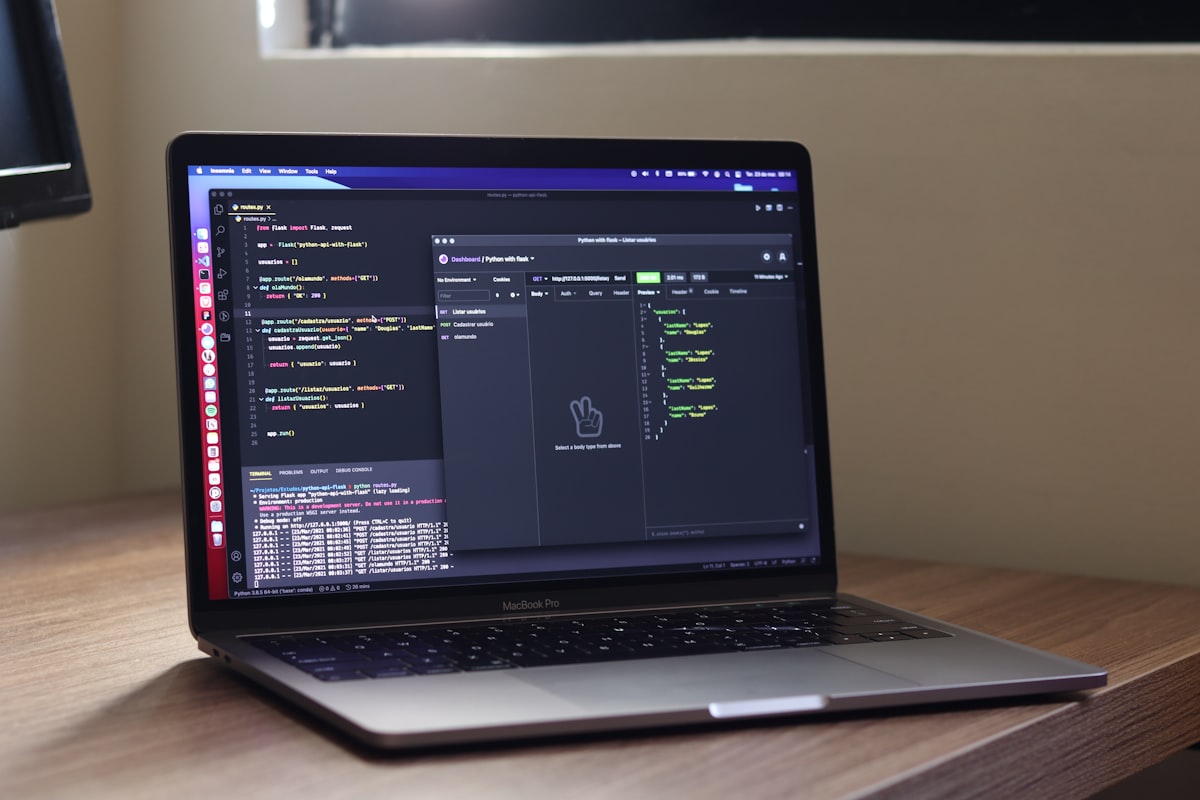5 tips to optimize API performance

Cache Response
Caching avoids excessive database queries. For endpoints that frequently return the same response, caching can be implemented to reduce the number of calls to the API and improve performance.
Compress data
The transfer of large payloads will slow down an API. Data compression combats this issue by decreasing the data size and improving speed.
There are various compression methods available, a common one being GZIP.
Prevent over and under-fetching
Over-fetching results in unnecessary and unusable data, and under-fetching results in an incomplete response. Good architecture, planning, and appropriate API management tools are essential to avoid these.113
Paginate and filter
Both pagination and filtering are great methods to reduce response complexity and improve user experience. Pagination enables the separation and categorization of data, and filtering limits the results of parameters.
Use PATCH, not PUT
The PATCH and PUT methods are similar, but PATCH has performance advantages. When modifying a resource, PUT updates the entire resource, which is often unnecessary, whereas PATCH only updates a specific part. Therefore PATCH has a smaller payload.
Cre: Twitter @RapidAPI
Optimize API performance with these 5 tips.
— RapidAPI (@Rapid_API) October 21, 2022
Thread🧵👇




